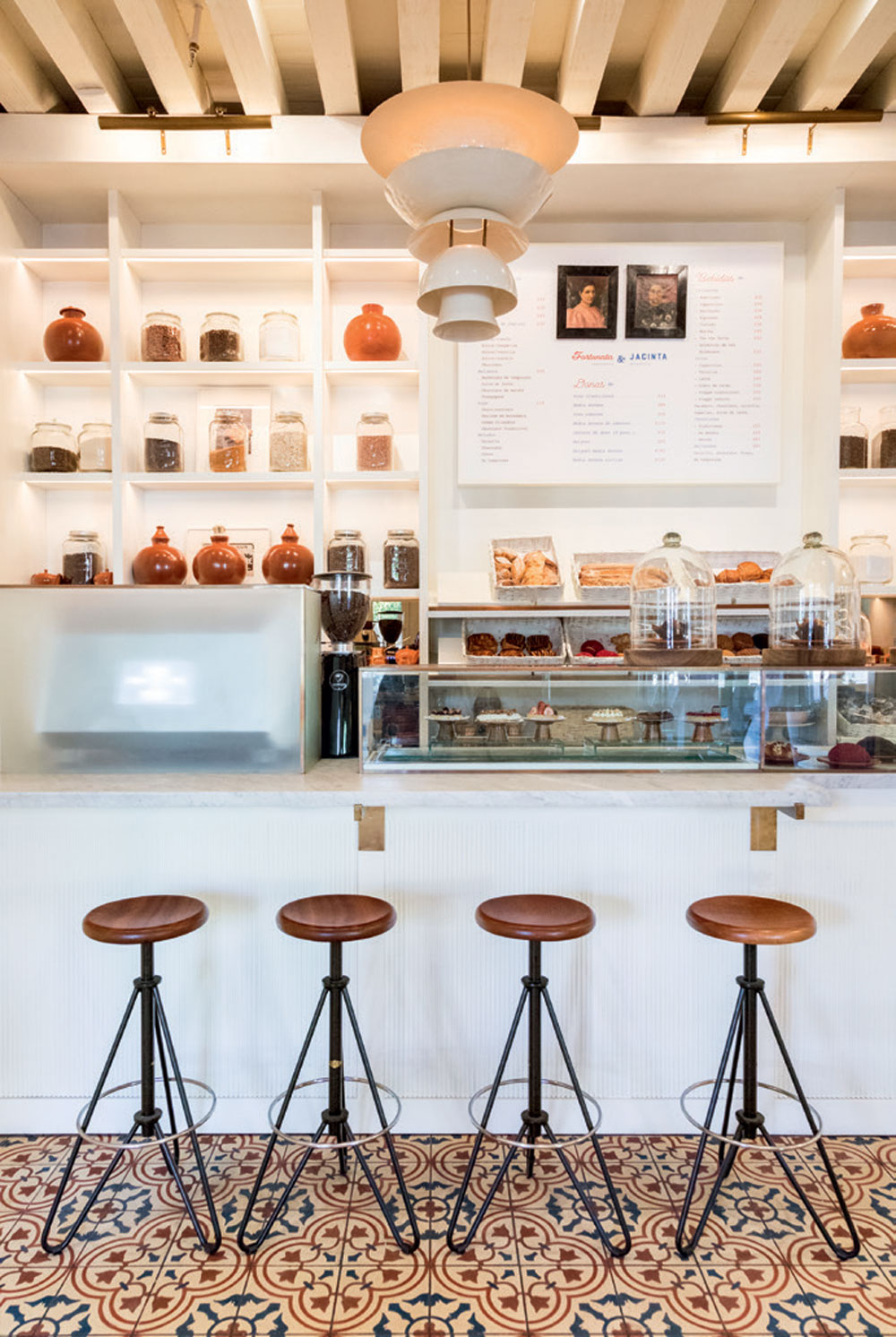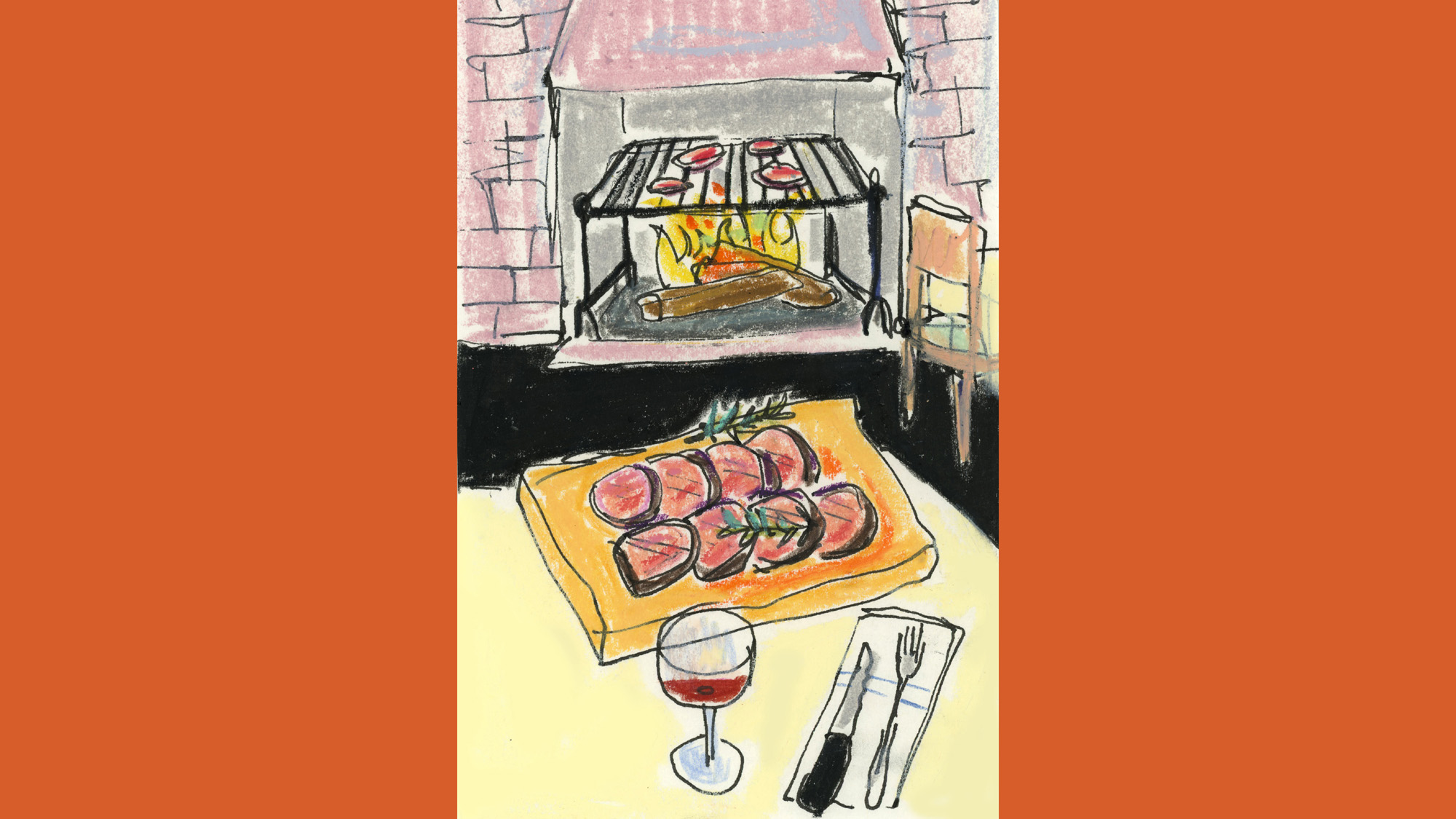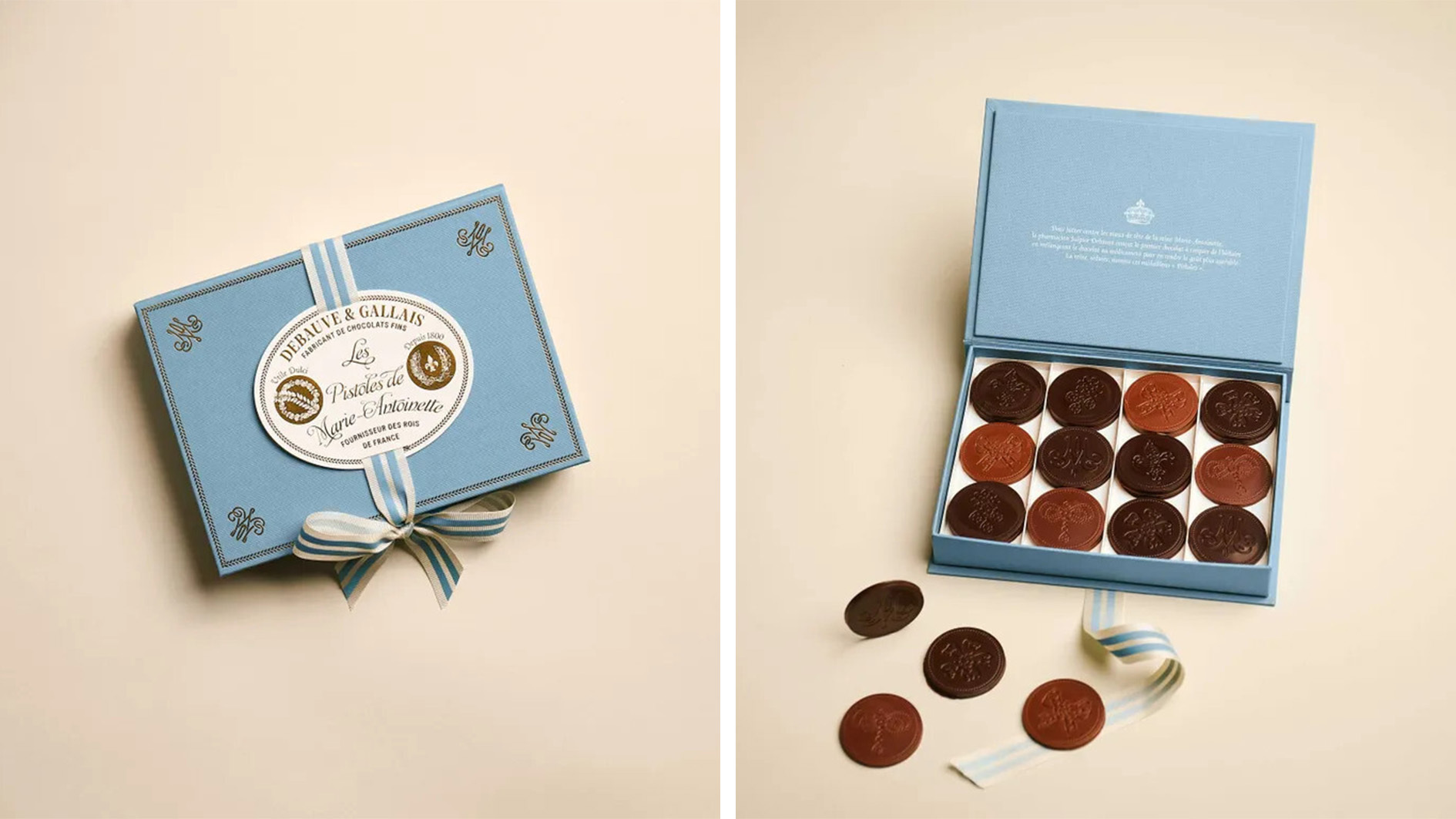How a Mexican movie mogul is revitalizing his home town through design
Mexico travel facts: Morelia, Michoacán is becoming a cultural and culinary hub

Morelia is a sleeping beauty of a town, built in the 16th century and with a historic centre that rivals the best of Europe. Today, the city is as well known for its colonial buildings in rose-coloured stone and its international film festival as for being the capital of Michoacán, the state where Mexico’s drug war began. As a result, Morelia is something that is increasingly hard to find: a ‘touristic city without tourists’, in the words of the Argentinian architect Luis Laplace.
Based in Paris, where he has run his own practice (with co-founder Christophe Comoy) since 2004, Laplace had never visited Mexico before first going to Morelia three years ago. Since then, he’s spent quite a bit of time in this city, renovating a 4,000 sq m property overlooking the central plaza.
The property’s owner, Alejandro Ramírez Magaña, is CEO of Cinépolis, one of the world’s largest cinema chains. Born in Morelia, Ramírez wanted to buy a secondary residence here. The house he chose included shops at street level, which he decided to maintain as public spaces, hoping they would enhance Morelia’s appeal for others who might restore and reoccupy its old palaces. ‘Morelia is where I grew up,’ Ramírez says. ‘The city has changed since then and become more a place to come to work rather than live. I want people to come back. The city has a lot to offer: architecture, historical museums and the film festival.’

The ground floor bakery Fortunata y Jacinta.
Built in 1730, the property was run-down but beautiful, a typical Hispanic Mexican stone mansion with courtyards. It had been the birthplace of Don Mariano Michelena, one of the original conspirators plotting Mexico’s independence in 1809. Michelena also introduced the coffee plant to his country, which is appropriate, since the new project includes a café / bookstore called Café Michelena. There’s also a restaurant, La Conspiración de 1809, serving a creative take on Mexican cuisine by a local chef named Cynthia Martinez, and a bakery, Fortunata y Jacinta, run by a baker who mixes French traditions with native flavours.
To rehabilitate the property, Ramírez hired Laplace, who had already worked for him in the US and Europe. (The project is co-signed by a Mexican architect, Christian Gantous, who worked on the residential areas.)
Laplace chose to turn the public spaces – 400 sq m in all – into something elegant yet welcoming, and unmistakably Mexican. ‘Go anywhere today,’ he says. ‘The fancy restaurants want to be like those in New York, Paris, London. I did not want this to be the case. I wanted to put value in local artisans, and work with them.’

La Conspiración also boasts a new baroque-style decorative door frame, built by local stonemasons.
Laplace started by researching the area, finding local craftspeople working in wood, stone, ceramics and fabrics. He used copper, a speciality of a nearby town, to make everything from champagne buckets to the front of the cafe counter, something he says would be ‘insanely expensive’ in Europe. For the floors, he combined old patterns to make Spanish-influenced encaustic tiles, while original Parota wood beams still line the high ceilings. Stonemasons built a decorative frame for an existing door, a Mexican version of Spanish baroque.
One day during the renovation, Laplace was drinking his morning coffee on a terrace in Morelia when a woman came up asking him to buy one of her terracotta pots. He surprised her by purchasing them all. A few minutes later, she came back. ‘I turned around and the entire family showed up with bags full of pots,’ he said. He scattered the small, round pots everywhere, on counters, shelves and tabletops.
While Laplace is used to working with artisans in France, he says this was a totally different experience. ‘I would spend half an hour making a drawing for someone, and two days later the guy would come back with the project. Something that would take two months anywhere else. People were engaged, and happy to work with a crazy foreigner.’

The bookstore area of Café Michelena, with an original ceiling featuring Parota wood beams.
He brought his office team in from France and hired hundreds of locals for the work site, an army of people who took on any task. ‘Don’t forget, these are people who built pyramids,’ notes Laplace. ‘You bring something huge, like a super heavy table in solid oak that comes with a crane and cannot go inside, and six guys – they just do it.’
Murals are an important part of Mexico’s culture, and the architect was thrilled to find that Morelia has a particularly impressive mural by American artist Philip Guston on a wall of the university library. Called The Inquisition, it was painted in 1935 and hidden by a false wall until the late 1970s. Laplace wanted to put a mural in the restaurant – decorative, not political – and he hired a young local artist to paint the four walls of one room with lush flora from the region, giant leaves and palm fronds practically rustling behind diners’ heads.
Now that the space has finally opened, tables here have become hot property. On TripAdvisor, one reviewer complains that the Café Michelena is ‘crowded all the time’. To this, Laplace simply responds: ‘Great, mission accomplished.’
As originally featured in the April 2018 issue of Wallpaper* (W*229)

Left, Café Michelena, featuring Spanish-influenced encaustic floor tiles and shelves lined with locally made terracotta pots. Right, A mural inspired by Mexican flora in the main restaurant, La Conspiración de 1809.
INFORMATION
For more information, visit the Luis LaPlace website, and the La Conspiración website
Wallpaper* Newsletter
Receive our daily digest of inspiration, escapism and design stories from around the world direct to your inbox.
-
 All-In is the Paris-based label making full-force fashion for main character dressing
All-In is the Paris-based label making full-force fashion for main character dressingPart of our monthly Uprising series, Wallpaper* meets Benjamin Barron and Bror August Vestbø of All-In, the LVMH Prize-nominated label which bases its collections on a riotous cast of characters – real and imagined
By Orla Brennan
-
 Maserati joins forces with Giorgetti for a turbo-charged relationship
Maserati joins forces with Giorgetti for a turbo-charged relationshipAnnouncing their marriage during Milan Design Week, the brands unveiled a collection, a car and a long term commitment
By Hugo Macdonald
-
 Through an innovative new training program, Poltrona Frau aims to safeguard Italian craft
Through an innovative new training program, Poltrona Frau aims to safeguard Italian craftThe heritage furniture manufacturer is training a new generation of leather artisans
By Cristina Kiran Piotti
-
 Fashion designer Simone Rocha on her perfect restaurant experience
Fashion designer Simone Rocha on her perfect restaurant experienceSimone Rocha, among creatives invited by Wallpaper* guest editor Laila Gohar to share meaningful dining memories, recalls happy evenings at a mountainside haunt near Nice
By Hugo Macdonald
-
 The joy of AIX Rosé, sunshine in a glass
The joy of AIX Rosé, sunshine in a glassAIX Rosé, made in the sun-drenched hills of Côteaux d'Aix-en-Provence, is a dry, pale pink and aromatic, everyday luxury
By Simon Mills
-
 How Debauve et Gallais and Marie Antoinette sparked a chocolate revolution
How Debauve et Gallais and Marie Antoinette sparked a chocolate revolutionParis chocolatier Debauve et Gallais is built on a sweet legacy, involving a chocolate coin designed to cure Marie Antoinette of her distaste for medicine
By James Gurney
-
 Le Clarence: a culinary gem within Paris’ historic Golden Triangle
Le Clarence: a culinary gem within Paris’ historic Golden TriangleLe Clarence restaurant at The Hotel Dillon flies the flag for a new era of French luxury as the city gears up for the 2024 Olympic Games
By Melina Keays
-
 L’Or de Jean Martell – Réserve du Château is a new limited-edition luxury cognac collection
L’Or de Jean Martell – Réserve du Château is a new limited-edition luxury cognac collectionL’Or de Jean Martell – Réserve du Château de Chanteloup is the first in the new luxury cognac series, perfect for toasting 2024
By Melina Keays
-
 Château Galoupet is teaching the world how to drink more responsibly
Château Galoupet is teaching the world how to drink more responsiblyFrom reviving an endangered Provençal ecosystem to revisiting wine packaging, Château Galoupet aims to transform winemaking from terroir to bottle
By Mary Cleary
-
 Tequila’s reputational makeover is driven by design
Tequila’s reputational makeover is driven by designTequila brands that look as good as they taste, and the perfect tequila glass to serve them up
By Mary Cleary
-
 This Mexican bakery is a haven for indulgent pastries and playful design
This Mexican bakery is a haven for indulgent pastries and playful designCostra is a newly redesigned Mexico City bakery that will satisfy your taste for sweet treats and lively design
By Mary Cleary